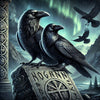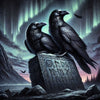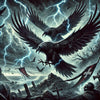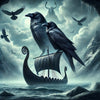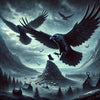Vikings: A Look into the Lives of the Legendary Warriors
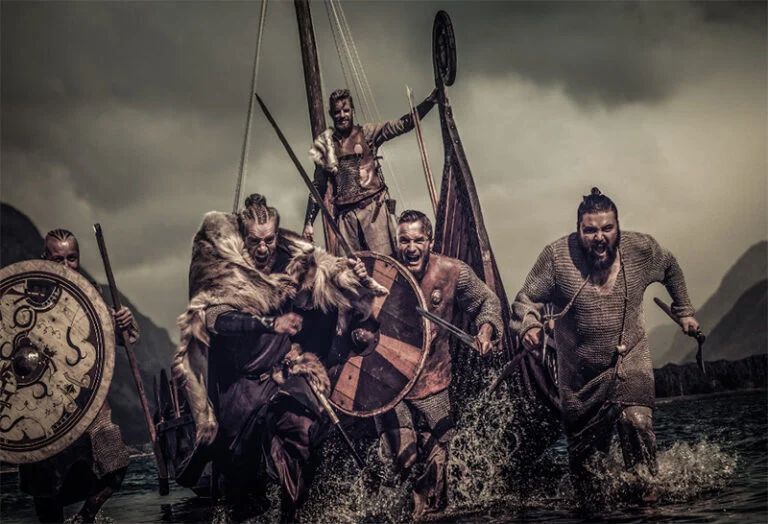
Vikings: A Look into the Lives of the Legendary Warriors
Vikings were a seafaring people from the late eighth to early 11th century.
They were most known for their ship-building skills and the famous longboats, which allowed them to travel long distances. But also for their raids on monasteries and settlements along the coast of Europe, which led to their reputation as fierce warriors. They hailed from the Scandinavian countries of Norway, Denmark, and Sweden, and their journeys took them as far as North America. Although they are often remembered as fierce warriors, the Vikings were also skilled farmers, traders, and craftsmen.
Their society was divided into three classes: nobles, freemen, and slaves. The nobles were the leaders and controlled the land, while freemen were farmers, fishermen and craftsmen and slaves were captured in raids and used as labor force.
The Vikings are known for their seafaring skills, their ship-building, and the famous longboats, which allowed them to travel long distances. But also for their raids on monasteries and settlements along the coast of Europe, which led to their reputation as fierce warriors.
Viking Gods and Goddesses, An Exploration of Norse Mythology
The Vikings believed in a pantheon of gods and goddesses, who controlled different aspects of their lives. The most important of these gods were Odin, Thor, and Freya.
Odin, also known as the All-Father, was the god of wisdom, war, and death. He was also the ruler of the gods and was depicted as a one-eyed man with a long beard and a cloak made of falcon feathers.
Thor, the god of thunder and strength, was a fierce warrior who protected the Viking people from giants and monsters. He was often depicted as a muscular man with red hair and a beard, holding a hammer.
Freya, the goddess of love and fertility, was associated with beauty and sensuality. She was also a goddess of war, and many Vikings believed that she would choose the bravest warriors to fight alongside her in the afterlife.
The Vikings believed that these gods and goddesses controlled different aspects of their lives, such as war, fertility, and death. They also believed that their gods and goddesses could be pleased or angered by their actions, so they often performed sacrifices to ensure their favor.
Viking Art and Architecture: A Window into Their Culture
The Vikings were skilled artisans and their art and architecture provide a glimpse into their culture, beliefs, and social hierarchy.
The Viking ships, or longboats, were not only practical vessels for seafaring and raids, but they were also works of art. The intricate carvings on the ships' prows depicted scenes from Norse mythology and served as a way for the Vikings to show their wealth and status.
Runestones, which were large stones with inscriptions, were also an important part of Viking art and culture. These stones were often erected to commemorate a deceased person or to record important events.
Viking jewelry, such as brooches, arm rings, and necklaces, were also intricately designed and were often made of precious metals like gold and silver. These items were used to indicate a person's wealth and status within Viking society.
The Vikings also built impressive fortifications and structures such as the Great Viking Army camp at Torksey, Lincolnshire, England, and the Viking ring fortresses, Aggersborg, Fyrkat
